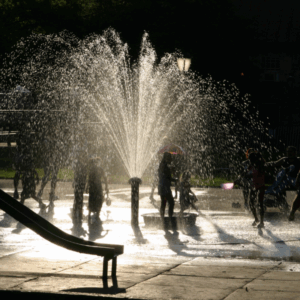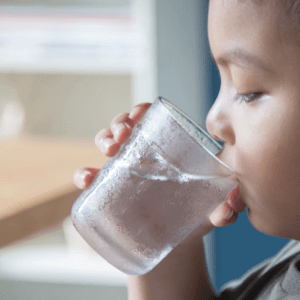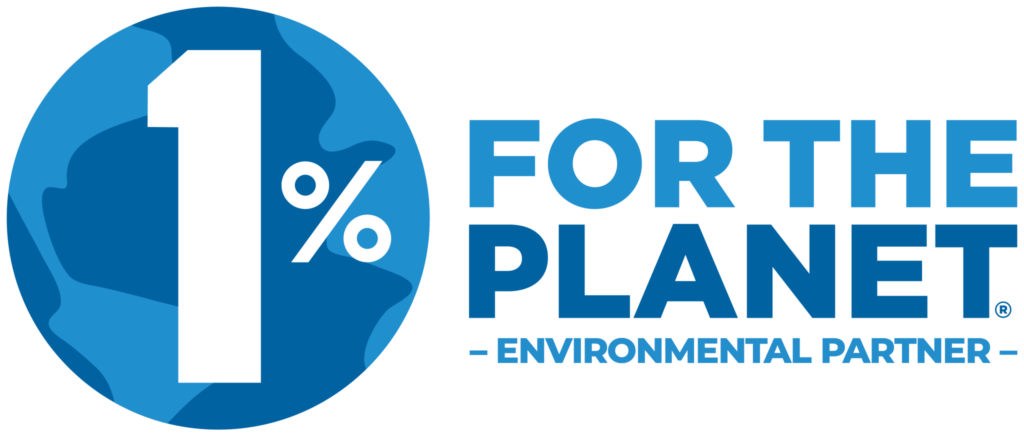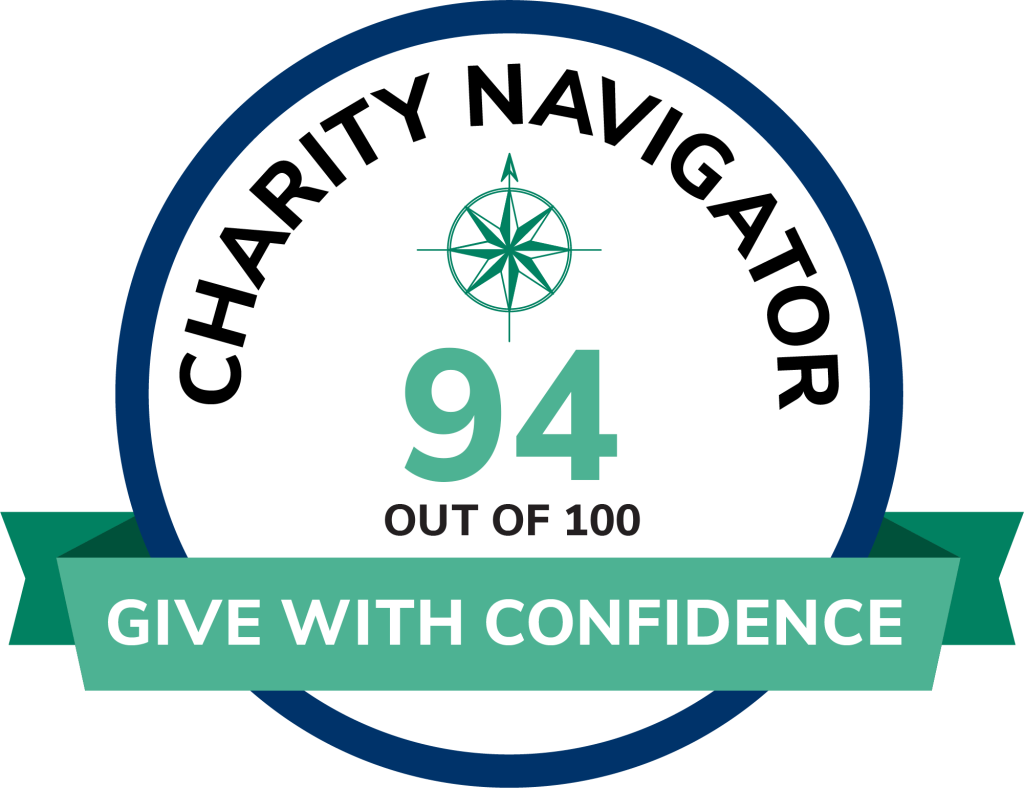Childhood Cancer & the Environment
By Kathy Attar, Program Manager, Eco-Healthy Child Care®
September 2022
September is childhood cancer awareness month. Childhood cancer is the number one cause of death by disease for children in the US. Since 1975 there has been a 34% increase in the rate of childhood cancer diagnoses.
Reducing exposures to environmental hazards like pesticides can help protect children’s health. Science has shown that pesticide exposure increases the risks of childhood lymphomas, leukemias, and brain cancers.
To reduce pesticide exposure in child care facilities, use least-toxic Integrated Pest Management (IPM) techniques to eliminate insects and rodents.
Examples of IPM practices:
-
Only allow children to eat food in the designated meal areas;
-
Limit the use of food items for crafts and always store food items in tightly sealed glass or metal containers;
-
Fix all leaks promptly and remove standing water;
-
Seal or caulk cracks and holes; and
-
Contract with a pest control operator that employs least-toxic IPM.
You can also reduce pesticide exposure in your child care or home by removing shoes at the door and/or having doormats. Keep dust levels low by vacuuming with a HEPA filter or wet mopping.
Beyond taking individual action to eliminate harmful chemicals in child care facilities, state and local child care systems must also address environmental hazards to protect ALL children’s health. Eco-Healthy Child Care® has been changing the child care system for over 10+ years–protecting children’s health from environmental hazards (e.g., lead, pesticides, poor indoor air quality) in child care facilities. EHCC has been and continues to work behind the scenes at the national, state, and local level to embed environmental health best practices into national child care accreditation, national health and safety standards, and state quality rating improvement systems.
Are you looking to get involved in our eco-healthy work? Sign-up to receive monthly eco-hot tip emails. If you are a child care provider, apply to become an eco-healthy endorsed facility!
PS. Celebrate Children’s Environmental Health Day (CEH Day) with us on October 13th!
We’re preparing to raise the visibility of children’s health issues, celebrate successes in the field, and discuss new challenges and the road ahead. Learn more, find an event near you, or browse resources to host your event at: cehday.org.
El cáncer infantil y el medio ambiente
Septiembre es el mes de concientización sobre el cáncer infantil. El cáncer infantil es la causa número uno de muerte por enfermedad en los niños de los Estados Unidos. Desde 1975 ha habido un aumento del 34% en la tasa de diagnósticos de cáncer infantil.
Reducir la exposición a peligros ambientales como los pesticidas puede ayudar a proteger la salud de los niños. La ciencia ha demostrado que la exposición a pesticidas aumenta los riesgos de linfomas, leucemias y cánceres cerebrales infantiles.
Para reducir la exposición a pesticidas en los centros de cuidado infantil, use técnicas de Manejo Integrado de Plagas (IPM por sus siglas en inglés) menos tóxicas para eliminar insectos y roedores.
Ejemplos de prácticas de IPM:
-
Solo permita que los niños coman alimentos en las áreas de comidas designadas;
-
Limite el uso de alimentos para manualidades y almacene siempre los alimentos en recipientes de vidrio o metal bien cerrados;
-
Arregle todas las fugas de inmediato y elimine el agua estancada;
-
Sellar o enmasillar grietas y agujeros; y
-
Contrato con un operador de control de plagas que emplee IPM menos tóxico.









